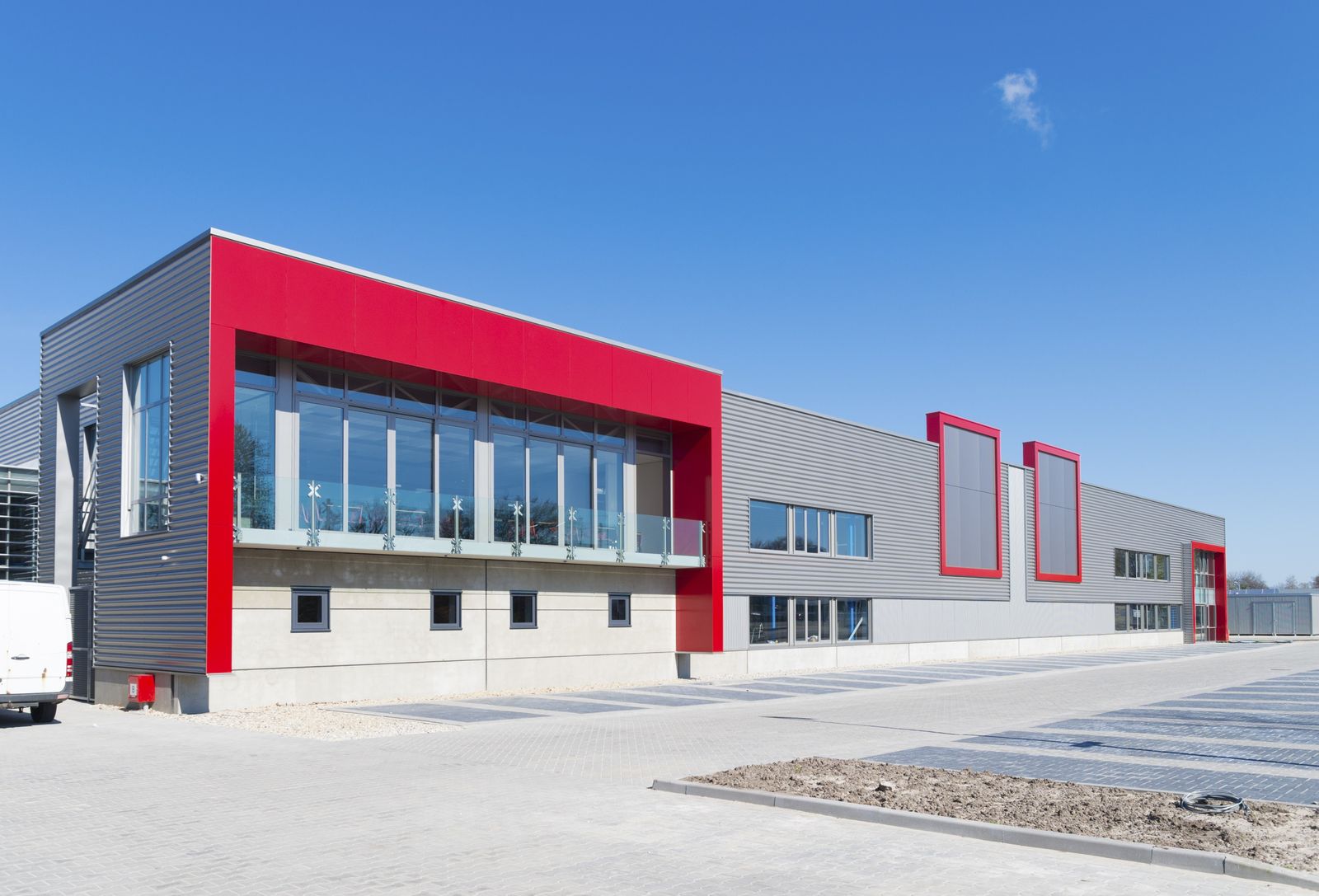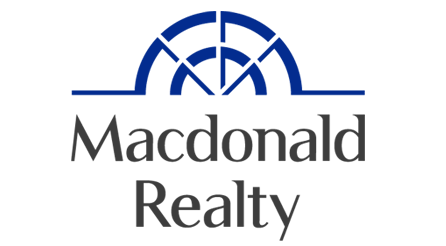
Understanding The Different Asset Classes In Commercial Real Estate
Introduction To Asset Classes In Commercial Real Estate
Commercial real estate offers a diverse array of investment opportunities, known as asset classes, each with its unique characteristics and potential for returns. Understanding these asset classes is crucial for investors seeking to maximize their profits and mitigate risks in this complex market. The primary asset classes in commercial real estate include office buildings, retail properties, industrial warehouses, and multifamily residential complexes.
Each asset class has distinct features that attract different types of tenants and generate varying levels of income. For example, office buildings are often leased by professional firms or corporations, while retail properties cater to businesses in the consumer sector. Investors must evaluate the demand drivers and market conditions specific to each asset class before making informed decisions. Factors such as location, tenant mix, lease terms, and economic trends play significant roles in determining the profitability of a commercial property investment.
Exploring The Office Asset Class In Commercial Real Estate
The office asset class is a prominent segment within commercial real estate, encompassing properties primarily used for business and administrative purposes. These properties can vary widely, ranging from small office spaces in suburban areas to towering skyscrapers in urban centers. Investing in office assets offers several advantages. They often provide stable income streams through long-term leases with reputable tenants, making them a reliable option for investors seeking regular cash flow.
Additionally, the demand for quality office space remains consistent, driven by businesses requiring professional environments to conduct their operations. However, it’s crucial to understand that the office asset class can also pose challenges. Economic downturns or shifts in technology can impact tenant demand and rental rates. Therefore, thorough market analysis and due diligence are essential before investing in this asset class.
Understanding The Retail Asset Class In Commercial Real Estate
The retail asset class is a key component of commercial real estate and refers to properties that are primarily used for retail purposes. This includes shopping centers, malls, strip malls, and standalone retail stores. Understanding the dynamics of this asset class is crucial for investors looking to capitalize on the potential opportunities it offers. One important factor to consider when investing in retail properties is location.
High foot traffic areas with easy accessibility and ample parking tend to attract more customers, leading to higher rental income and property values. Additionally, understanding consumer behavior and trends is essential for success in this asset class. Analyzing demographic data, consumer preferences, and market demand can help investors identify profitable locations and make informed investment decisions. Furthermore, it is important to recognize that the retail industry has undergone significant changes due to e-commerce growth.
Analyzing The Industrial Asset Class In Commercial Real Estate
The industrial asset class within commercial real estate refers to properties that are used for manufacturing, production, storage, or distribution activities. These properties can vary greatly in size and functionality, ranging from small warehouses to large manufacturing plants. When analyzing the industrial asset class, several factors come into play. Location is a crucial consideration as it determines accessibility to transportation networks and key markets.
Proximity to major highways, airports, and ports is particularly important for efficient logistics and supply chain management. Another vital aspect is the property’s physical characteristics. Factors such as ceiling height, loading docks, floor load capacity, and overall layout significantly impact the usability of the space for various industrial purposes. Furthermore, understanding market demand is essential when evaluating this asset class. Factors such as vacancy rates, rental rates per square foot, and absorption rates help determine the potential profitability of investing in industrial properties.
Delving Into The Multifamily Asset Class In Commercial Real Estate
The multifamily asset class is an integral component of commercial real estate, encompassing properties that are designed and built to accommodate multiple residential units within a single building or complex. These properties range from small apartment buildings to sprawling gated communities, catering to a diverse range of tenants. Investing in multifamily properties offers several advantages. Firstly, they tend to generate a steady stream of income through rental payments, making them an attractive option for investors seeking cash flow.
Additionally, the demand for rental housing remains strong across various economic cycles, providing stability and potential long-term growth. However, navigating the multifamily asset class requires careful consideration and analysis. Factors such as location, market trends, property management efficiency, and tenant demographics play crucial roles in determining the profitability of these investments.
Evaluating The Hospitality Asset Class In Commercial Real Estate
The hospitality asset class in commercial real estate refers to properties that are primarily used for accommodation and entertainment purposes, such as hotels, resorts, and restaurants. When evaluating this asset class, several key factors need to be considered. Firstly, location plays a crucial role in determining the success of a hospitality property. Proximity to popular tourist attractions or business hubs can significantly impact occupancy rates and profitability.
Additionally, market conditions and trends should be analyzed to understand the demand for hospitality services in a particular area. Secondly, financial performance indicators like revenue per available room (RevPAR), average daily rate (ADR), and occupancy rates should be carefully assessed. These metrics provide insights into the property’s ability to generate consistent cash flow and return on investment. Moreover, due diligence must include a thorough examination of the property’s physical condition and potential for renovations or improvements.
Conclusion And Importance Of Diversifying Across Asset Classes In Commercial Real Estate
In conclusion, understanding the different asset classes in commercial real estate is crucial for investors seeking to maximize their returns and manage risk effectively. By diversifying across asset classes, investors can spread their investments across various property types, such as office buildings, retail spaces, industrial properties, and multifamily housing. Diversification reduces the exposure to any single asset class and helps mitigate potential losses during economic downturns or market fluctuations.
Each asset class has its own unique characteristics and reacts differently to market conditions. For instance, during a recession, demand for office space may decline while demand for affordable housing may increase. Furthermore, diversifying across asset classes allows investors to capitalize on different growth opportunities within the commercial real estate sector. By investing in multiple property types, investors can access a wider range of income streams and potentially achieve higher overall returns.
Overall, diversification across asset classes provides a balanced approach to commercial real estate investing by reducing risk and maximizing potential gains.

